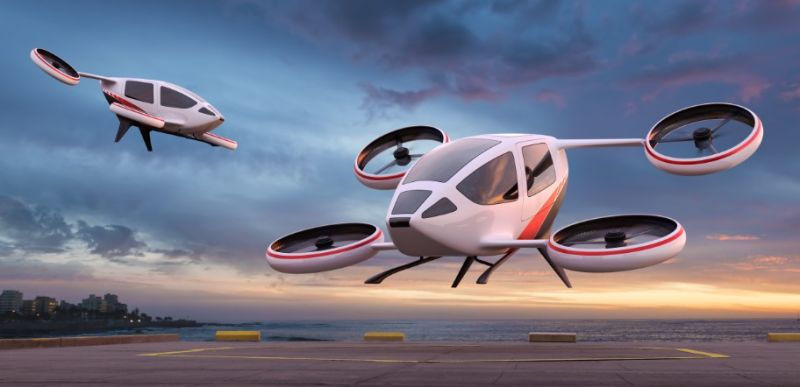Archer Aviation's Infrastructure Strategy Signals Wake-Up Call for Airports
- rosie807

- Aug 13
- 2 min read
Archer Aviation is laying important groundwork for its commercial air-taxi service by integrating eVTOL operations into existing infrastructure, rather than waiting for vertiports.

1. Turning a Helipad into a Hybrid Heliport
The UAE’s aviation regulator (GCAA) has approved Archer’s design to transform the Abu Dhabi Cruise Terminal helipad into the country’s first hybrid heliport, capable of servicing both helicopters and Archer’s Midnight eVTOL aircraft. Partnering with Falcon Aviation and Air Synapsis, Archer plans to add eVTOL-compatible charging, safety, and operational systems to the location by the second half of 2025. The GCAA also became the world’s first civil aviation authority to establish regulatory standards for hybrid heliports, set for publication in July.
2. Leveraging Global Terminal Network via Jetex
Archer has entered a strategic partnership with global aviation services provider Jetex to integrate its Midnight aircraft into Jetex’s network of 40 private aviation terminals in over 30 countries. The collaboration focuses on designing the passenger experience and deploying charging infrastructure, initially in the UAE, before expanding globally.
3. Using Existing Infrastructure First
Archer CEO Adam Goldstein emphasized that the company will start operations using existing airports and helipads, retrofitting these assets rather than waiting for vertiports.
Airports are the natural go-to places for air taxis, making support for vertiport investments a critical part of the advanced air mobility (AAM) ecosystem’s future.
Can this be a wake-up call for airports that have religiously refused to even consider any AAM-related work? We hope so.
The pace of industry developments suggests that airports must start integrating this new mobility model into their strategic roadmaps. Airport leaders have the chance not only to manage current operations but to help shape the mobility vision of the future. Those who adapt early will gain a significant competitive edge.
Source Aviationext via Aerospace Global News





Comments